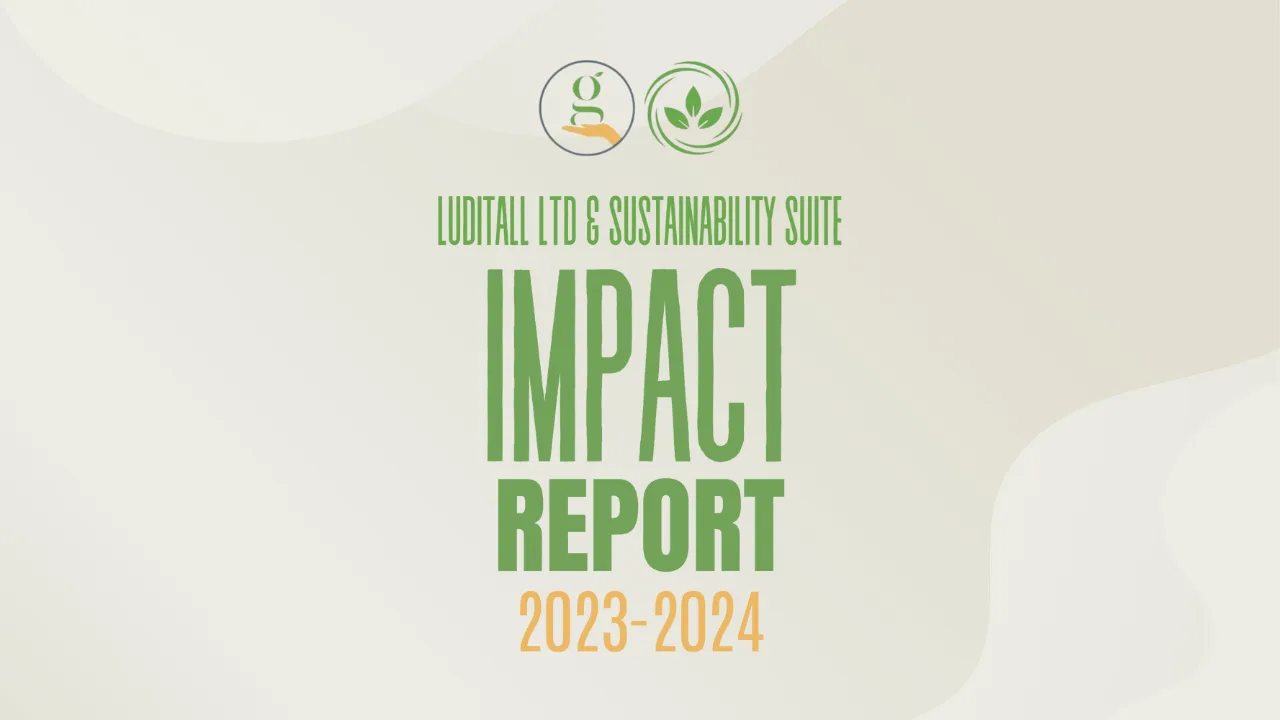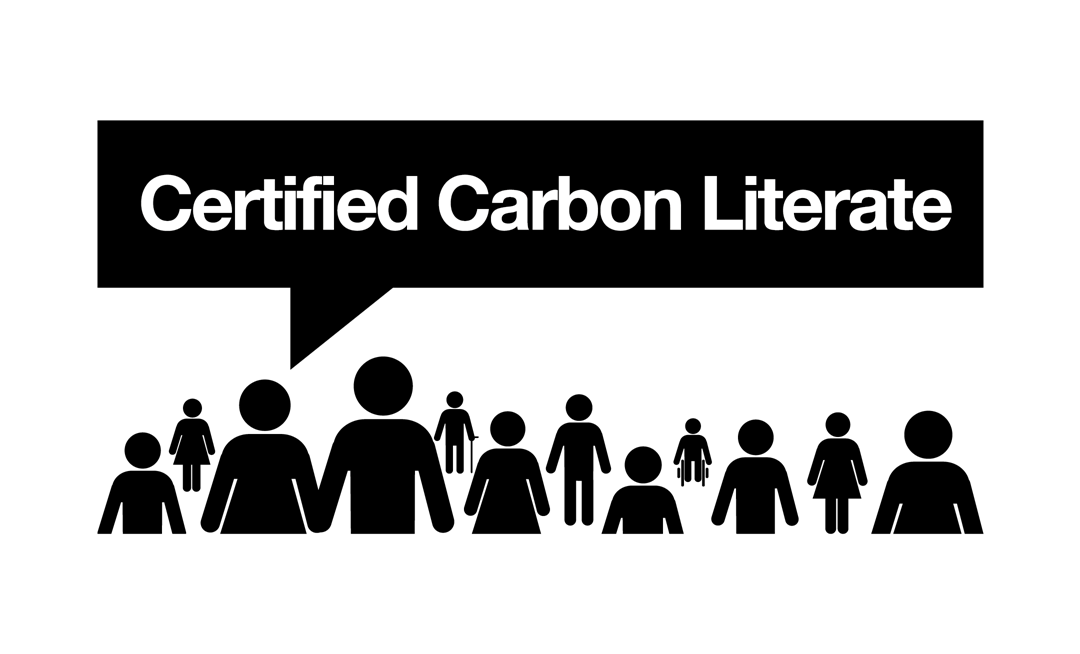ESG impact reports show how an organisation delivers on its environmental, social, and governance commitments. They provide transparency, build trust with stakeholders, and support better decision-making. They also highlight progress and challenges, helping make the strategy more accountable.
What Makes an Impactful ESG Report?
Not all ESG reports are created equal. The best ones communicate clearly and offer substance. Here are a few common formats that work well:
Story‑Driven Reports
These focus on real-life examples of change, highlighting communities, employees or clients affected by ESG initiatives. They help connect the reader with the human side of ESG and show tangible outcomes behind the data.
Visual Reports
Charts, icons, and infographics are useful for presenting performance metrics without overwhelming readers. They make complex data accessible and highlight key achievements at a glance.
Goal-Oriented Reports
The most effective reports often start with clearly stated goals, whether that’s emissions reduction, improved diversity, or supply chain improvements. They then show progress against these goals and outline what comes next, so readers can see results and understand where the organisation is headed.
Data and Reflection
Quantitative results are important, but pairing them with honest reflection adds value. Sharing what worked, what didn’t, and what was learned shows a commitment to transparency and ongoing improvement.
Interactive Reports
Online formats with clickable sections or modular layouts allow readers to explore the areas that interest them most. They’re easier to navigate and tend to increase engagement.
Story‑Driven Reports
These focus on real-life examples of change, highlighting communities, employees, or clients affected by ESG initiatives. They help connect the reader with the human side of ESG and show tangible outcomes behind the data.
Visual Reports
Charts, icons, and infographics are useful for presenting performance metrics without overwhelming readers. They make complex data accessible and highlight key achievements at a glance.
Goal-Oriented Reports
The most effective reports often start with clearly stated goals, whether that’s emissions reduction, improved diversity, or supply chain improvements. They then show progress against these goals and outline what comes next, so readers can see results and understand where the organisation is headed.
Data and Reflection
Quantitative results are important, but pairing them with honest reflection adds value. Sharing what worked, what didn’t, and what was learned shows a commitment to transparency and ongoing improvement.
Interactive Reports
Online formats with clickable sections or modular layouts allow readers to explore the areas that interest them most. They’re easier to navigate and tend to increase engagement.
What to Include in an ESG Impact Report
A good ESG report doesn’t need to be lengthy; it just needs to be clear, relevant, and honest. At a minimum, it should include:
-
Environmental metrics – such as energy use, emissions (CO₂e), waste reduction or water usage.
-
Social outcomes – progress on diversity and inclusion, employee wellbeing initiatives, or community engagement.
-
Governance updates – covering ethics, compliance, risk management, or board structure.
-
Case studies or short stories – to bring data to life with practical context.
-
Goals and future plans – showing what the organisation is aiming to do next and how it plans to get there.
For smaller organisations or advisors just getting started, it’s often best to focus on a few areas that matter most—particularly where you have influence or visibility.
Benefits of ESG Reporting
-
Builds trust with stakeholders
-
Supports better internal decision-making
-
Helps meet procurement, funding or certification requirements
-
Shows accountability and leadership
-
Creates a baseline for tracking future progress
A Look at Our Own Impact Report (Sustainability Suite & Luditall Ltd)
Our most recent impact report offers a practical example of how an organisation can report simply but transparently.
What it does well:
-
Clarity: It gives a straightforward snapshot of our footprint—26.33 tCO₂e in 2024.
-
Transparency: It notes that this number is higher than the previous year and explains why: our reporting boundary expanded.
-
Identifies priorities: It highlights that most emissions came from travel, even though our team mostly works remotely.
-
Third-party validation: It includes reference to our B Corp and ESGmark accreditations, reinforcing credibility.
Where we could improve:
The report is light on narrative and could benefit from including a case study or commentary from the team to provide more context around the data.
Other Examples of ESG Reports
Kreston Reeves 2024 Impact Report
Pros:
-
Covers all five B Corp pillars (People, Governance, Clients, Environment, Community).
Cons: -
Some sections—like supplier engagement or waste—are less detailed.
Tony’s Chocolonely Annual Fair Report
Pros:
-
A strong example of transparency and accessible reporting.
-
Highlights initiatives like Tony’s Open Chain and includes metrics on fair pay and child labour prevention.
Cons: -
Some figures aren’t independently verified, which may affect stakeholder confidence.
Final Thoughts
A good ESG report reflects where your organisation is now, where it’s going, and how it plans to get there. It doesn’t need to be polished or perfect. It just needs to be honest.
If you’d like support developing your own impact report, take a look at our membership or get in touch to learn how we can help.




